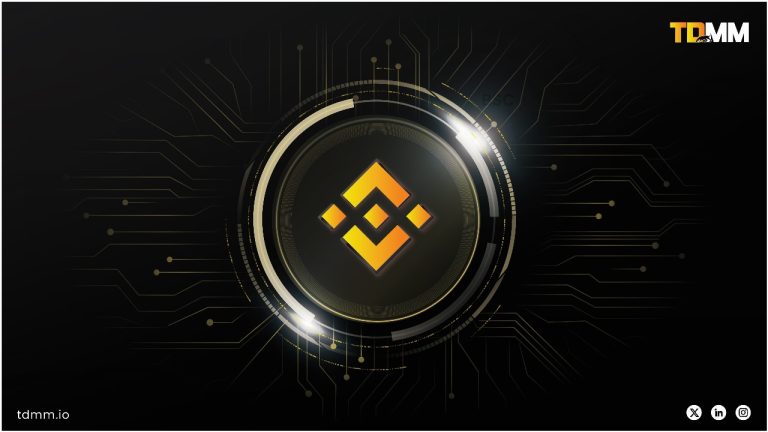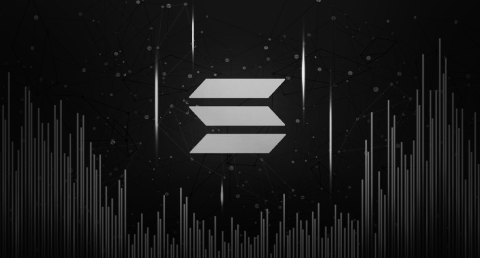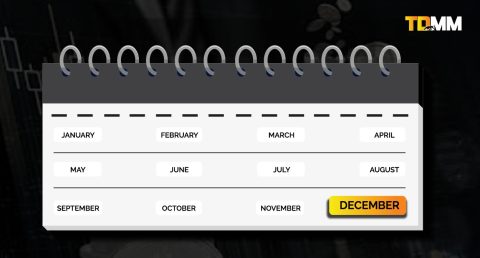TL;DR
BNB Chain, originally developed by Binance, has evolved into a leading multi-chain blockchain ecosystem. It features high throughput, low fees, and robust cross-chain interoperability, supporting a wide range of decentralized applications (dApps) from DeFi to NFTs and decentralized storage. Its architecture–spanning BNB Smart Chain, opBNB, and BNB Greenfield–along with a vibrant developer and user community, positions BNB Chain as a foundational layer for the next generation of digital economies.
Introduction
BNB Chain has rapidly emerged as a cornerstone of the decentralized web, evolving far beyond its origins as Binance’s utility blockchain. Originally conceived to address high transaction fees and limited scalability, BNB Chain now powers one of the world’s most active ecosystems for decentralized finance, gaming, NFTs, and data storage.
Its architecture—spanning BNB Smart Chain for high-performance dApps, opBNB for scalable Layer-2 solutions, and BNB Greenfield for decentralized data ownership—reflects a commitment to speed, affordability, and open participation. Seamless Ethereum compatibility, robust validator-driven security, and a thriving global developer community set BNB Chain apart as a leader in blockchain infrastructure and digital economies.
This case study unpacks the technical innovations, ecosystem dynamics, and real-world use cases that have made BNB Chain a leader in blockchain infrastructure, illustrating how it is shaping the future of digital economies.
The Genesis of BNB Chain
BNB Chain’s origins trace back to Binance, the world’s largest cryptocurrency exchange by trading volume. Initially, Binance launched two separate chains:
- Binance Chain: Focused on ultra-fast asset transfers.
- Binance Smart Chain (BSC): Brought EVM compatibility and smart contract functionality.
In 2022, these merged into the unified BNB Chain, reflecting a shift toward decentralization, multi-chain scalability, and a broader vision of becoming the infrastructure powering parallel digital economies.
BNB Chain Architecture
High-Level Architecture Overview
BNB Chain’s architecture is designed for modularity, scalability, and interoperability.
Figure 1: BNB Chain’s multi-chain architecture, with BNB token as the ecosystem’s coordinating asset and cross-chain bridges linking all modules.
Component Table
Consensus and Security
BNB Chain uses Proof-of-Staked-Authority (PoSA):
- Validators: Elected by BNB stakers; top 21 produce most blocks.
- Delegators: Stake BNB to support validators and share rewards.
- Security: Slashing and rotation mechanisms deter malicious behavior.
Tokenomics: The Role of BNB
BNB is the native token of the BNB Chain ecosystem and plays a pivotal role that extends far beyond simple transaction payments. Unlike many tokens, all 200 million BNB were pre-mined before the public sale, establishing a fixed maximum supply that underpins its deflationary economics. This supply is shared across the Beacon Chain (formerly Binance Chain) and the Binance Smart Chain, now unified as BNB Chain.
BNB’s utility is multifaceted: it is used to pay for transaction fees across all chains, stake in the Proof-of-Staked-Authority (PoSA) consensus mechanism securing the network, and participate in governance decisions that shape the protocol’s future. Additionally, BNB fuels smart contract execution and asset transfers, making it the economic backbone of the entire ecosystem.
A key differentiator is BNB’s aggressive quarterly burn mechanism, which permanently removes tokens from circulation based on network activity such as gas fees and block production. To date, nearly 60 million BNB tokens (around 30% of the total supply) have been burned, enhancing scarcity and supporting long-term value appreciation. This deflationary model, combined with BNB’s broad utility, aligns incentives for holders, validators, developers, and users alike, fostering a resilient and sustainable ecosystem.
The table below summarizes BNB’s core utilities within the BNB Chain ecosystem:
Figure 2: BNB token utility and flow across the ecosystem.
BNB Token Flow Diagram
The BNB Token Flow Diagram illustrates how BNB moves seamlessly across the BNB Chain’s core components—BNB Smart Chain, opBNB (Layer 2), and BNB Greenfield. Users can stake BNB on BNB Smart Chain to participate in network security and governance, pay transaction fees on both BNB Smart Chain and opBNB for DeFi and dApp activities, and use BNB on Greenfield for decentralized data storage and NFT management.
Cross-chain bridges enable users to transfer BNB between these networks efficiently, ensuring liquidity and utility are maintained throughout the ecosystem. This integrated flow supports a unified user experience and maximizes the utility of BNB across all major use cases within the BNB Chain environment.
Figure 3: BNB token flow and cross-chain operations between BSC, opBNB, and Greenfield.
Ecosystem and Use Cases
BNB Chain supports a diverse and rapidly growing ecosystem.
PancakeSwap: A Case Study in BNB Chain’s DeFi Leadership
PancakeSwap is the largest DEX on BNB Chain, offering:
- Automated market making (AMM)
- Yield farming and staking
- Lottery and NFT marketplace
Impact:
- Billions in daily trading volume
- Low fees and fast settlement attract global users
Technical Features and Innovations
Scalability
- opBNB Layer 2: Processes thousands of transactions per second using Optimistic Rollups.
- Parallel Execution: BSC supports parallel transaction processing for higher throughput.
Interoperability
- Token Hub & Bridges: Facilitate seamless asset and data transfer between BNB Chain, Ethereum, and beyond.
- EVM Compatibility: Allows easy porting of Ethereum dApps.
Security
- Slashing & Rotation: Discourage validator misbehavior.
- Periodic Audits: Regular security reviews and bug bounties.
Validator Structure
Cross-Chain Liquidity Model
Seamless asset movement between different chains is a core feature of the BNB Chain ecosystem. When a user wants to transfer tokens from one chain (for example, from BNB Beacon Chain to BNB Smart Chain), the process does not involve a direct “sending” of tokens. Instead, the protocol uses a lock-and-unlock mechanism to maintain security and supply consistency.
Here’s how it works:
When User 1 initiates a transfer, their tokens are first locked in a secure vault on the source chain (such as the Beacon Chain Vault). The Token Hub—a specialized module that tracks and manages cross-chain activity—then validates this action. Once confirmed, the equivalent amount of tokens is unlocked or minted for User 3 on the target chain (like BSC). At no point are tokens duplicated; the total supply remains constant, with the Token Hub and vaults ensuring that tokens are only accessible on one chain at a time. This mechanism not only preserves liquidity across the ecosystem but also prevents double-spending and other security risks.
The diagram below visualizes this process, highlighting the roles of the Beacon Chain Vault and Token Hub in facilitating secure and efficient cross-chain transfers.
Figure 4: Cross-chain transfer logic: tokens are locked on the source chain and unlocked on the target chain. Token Hub and vaults manage liquidity and ensure supply consistency.
Developer and Community Advantages
- EVM Compatibility: Developers can use familiar Ethereum tools, languages, and frameworks.
- Comprehensive SDKs/APIs: Streamlined onboarding and rapid dApp development.
- Active Grants & Hackathons: Funding and recognition for innovative projects.
- Open Governance: BNB holders can propose and vote on upgrades.
Challenges and Solutions
Comparative Analysis
Roadmap & Future Directions
BNB Chain’s 2025 roadmap is laser-focused on making the network faster, more accessible, and developer-friendly, while integrating advanced AI and security features. The core priorities and milestones are:
Sub-Second Block Times & Massive Scalability:
Universal Gasless Transactions:
The Megafuel system, first introduced for stablecoins, will expand to all transaction types in 2025. Users and dApps will be able to pay gas fees with stablecoins or any BEP-20 token, and sponsors (individuals or organizations) can cover gas for specific actions. This aligns with Ethereum’s EIP-7702 paymaster model and aims to eliminate onboarding friction for new users.
AI Integration & Smart Wallets:
Over 60 AI projects are now live on BNB Chain. The roadmap includes native AI agents in wallets to assist with trading, payments, and even travel bookings, as well as AI-driven developer tools like the BNB Chain AI Code Copilot.
Enhanced Security & MEV Protection:
Developer Experience & Ecosystem Support:
Community & Governance:
Validator expansion and transparent elections remain a priority, with the goal of further decentralizing network control and increasing resilience.
Sources – [official roadmap, Binance Square, [Bitget News, [U.Today, Chaincatcher]
Closing Thought
BNB Chain’s modular, multi-chain architecture and robust developer ecosystem make it a powerful foundation for decentralized economies. With ongoing innovation, community engagement, and a clear roadmap, BNB Chain is poised to remain a leader in the blockchain space for years to come.
This case study is designed for technical, business, and academic audiences seeking a comprehensive, visual, and practical understanding of BNB Chain’s architecture, ecosystem, and strategic positioning.
P.S – DYOR before investing.





